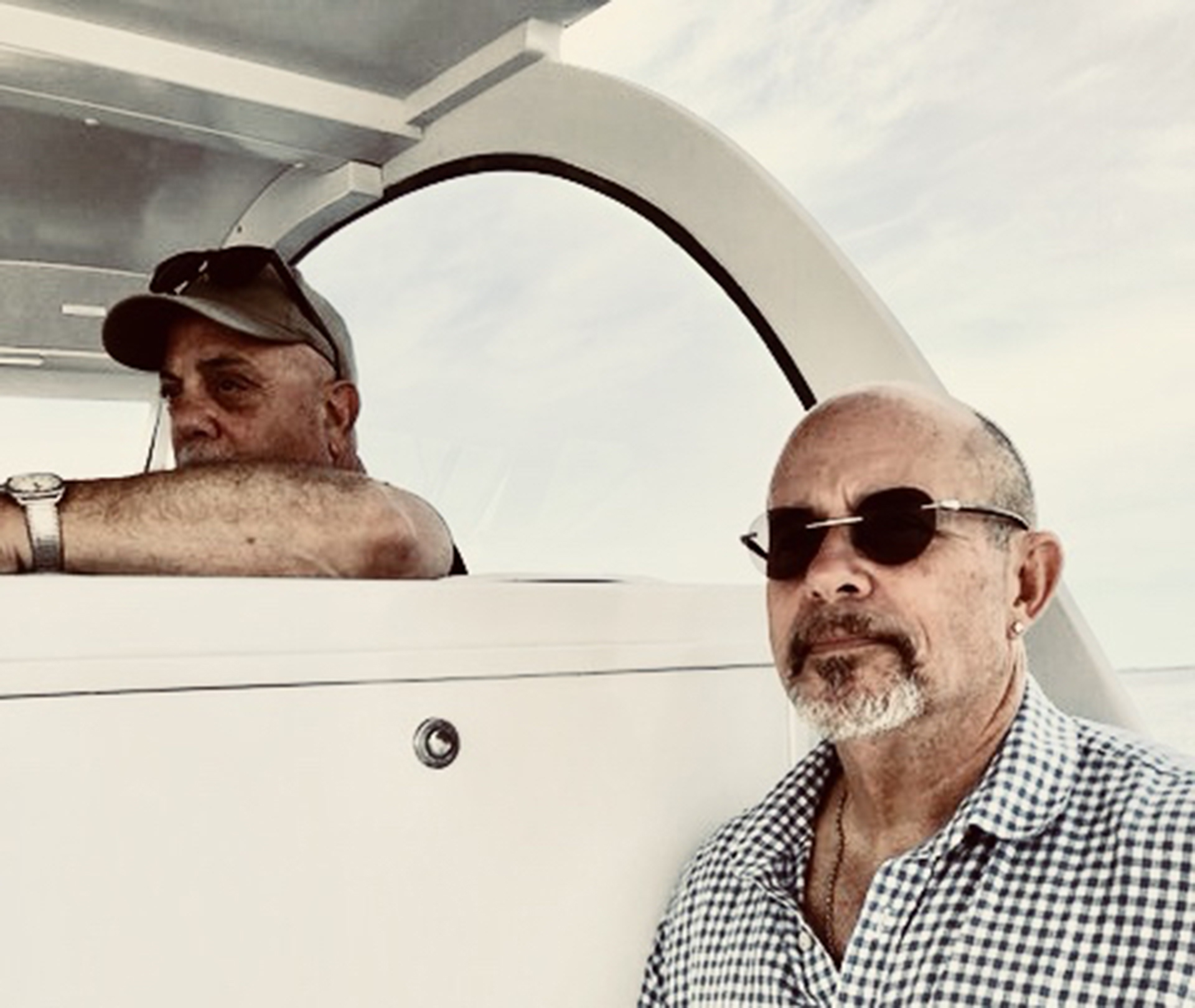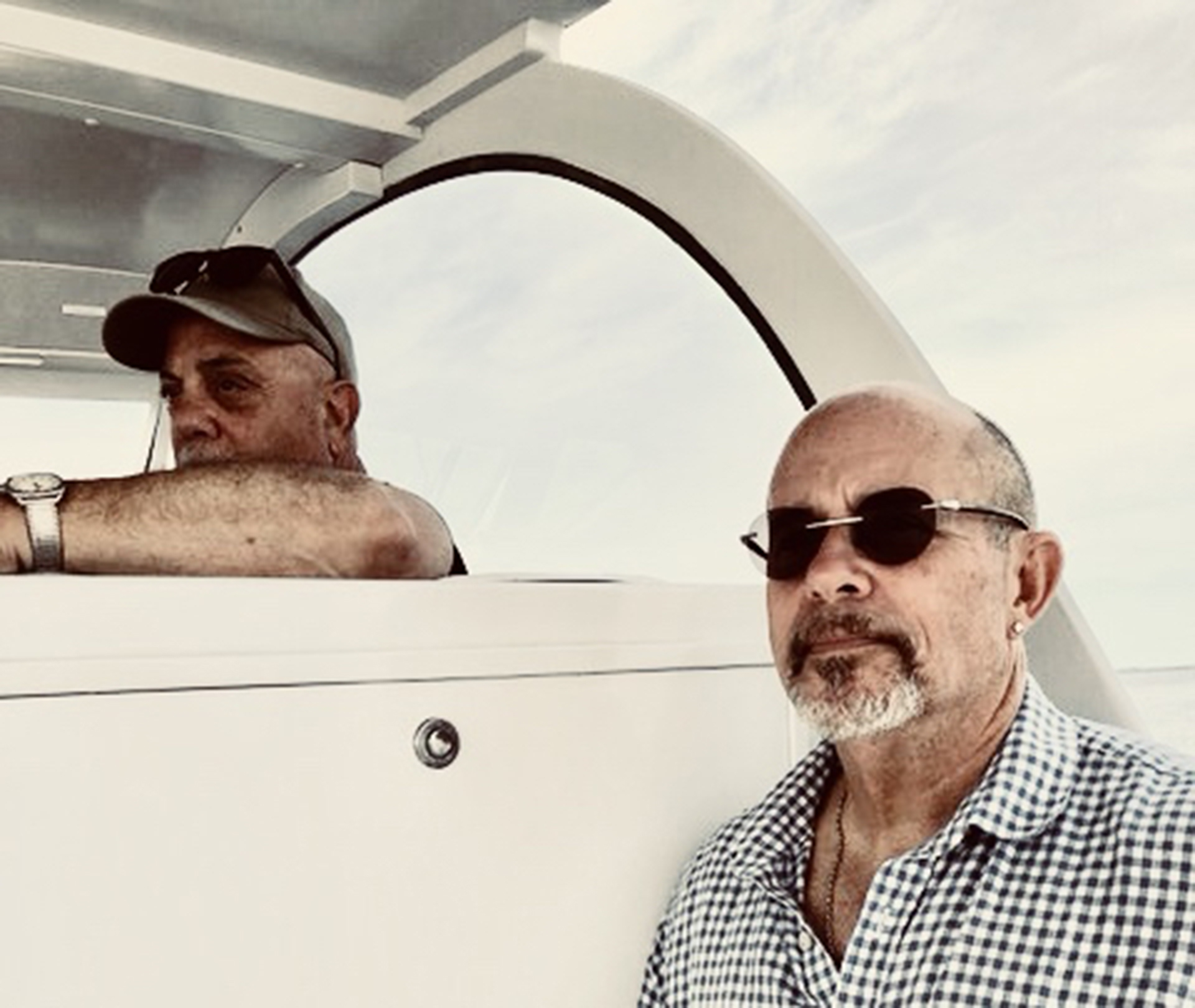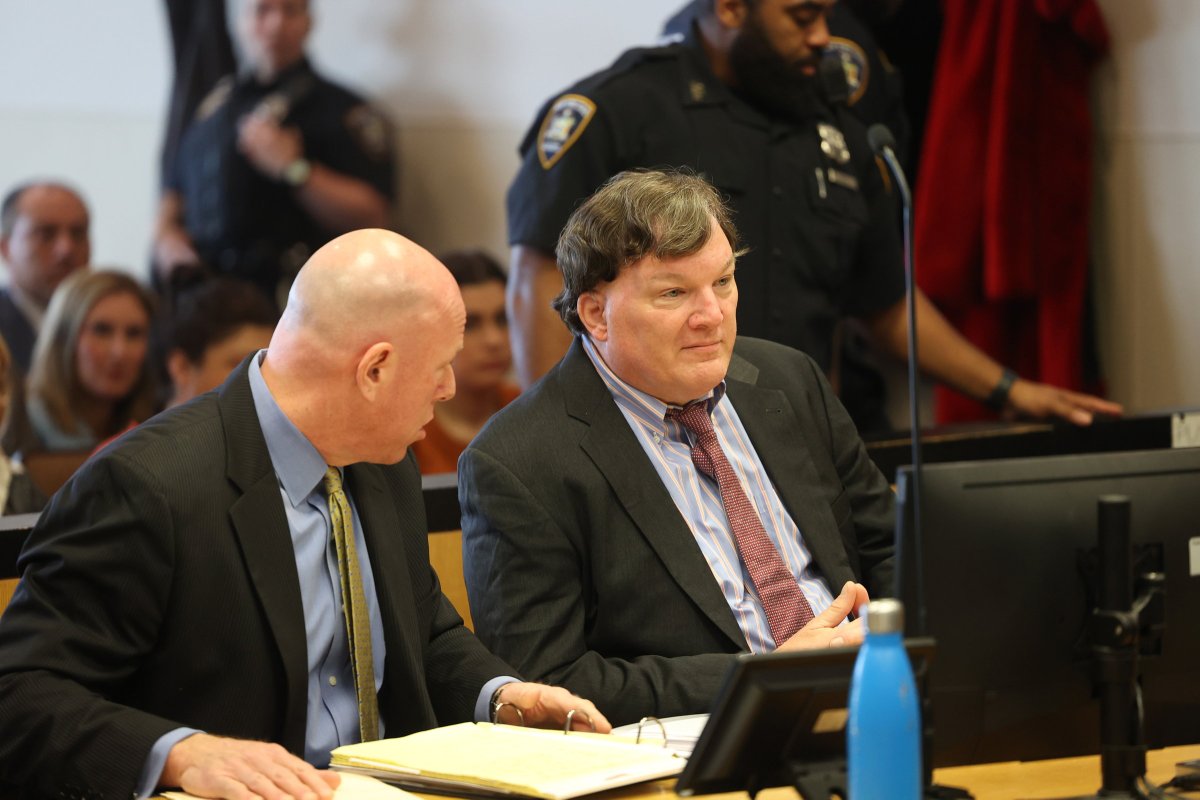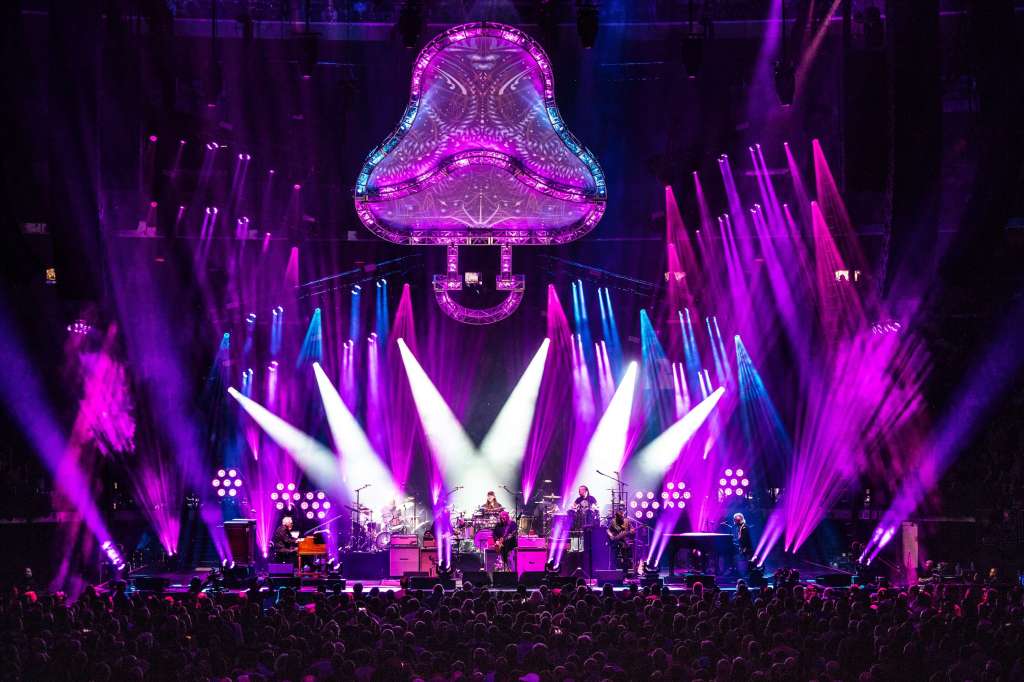Steve Cohen: Shining A Light On His Art


Directly after lighting his very first Billy Joel concert in Kansas City, using “a rickety lighting board” that he felt wasn’t up to the task, Steve Cohen was naturally a little nervous when he was called to Joel’s hotel room.
“I was sure that was going to be it,” Cohen said.
Joel and his band were sitting around the pool at the local Holiday Inn, drinking Black Russians that late night in 1974, and offered Cohen a cocktail in silence. Apparently, Cohen related, Joel said, “The setlist was the same, the band was the same, but something happened tonight, and none of us can figure out why the audience response was so much better. So, by process of elimination, we figured it was the lights. You’re hired.”
Since then, Cohen, a Springs resident, has been part of Joel’s team, but has also found time to design the lighting for many other big names. According to his bio on the White Room Gallery site, where his work is currently on view, “The Eagles, Elton John, Justin Timberlake, Mariah Carey, Blake Shelton, Reba McEntire, Lenny Kravitz, The Global Citizens Initiative, Britney Spears, Paul Simon, and countless festival installations, and television specials, have all been the soundtrack for his elaborate, emotional, and creative lighting design.”
“Rock and roll lighting design was always the ignorant stepchild of legitimate theater, until the discipline and the technology became something that theater people could get much more purchase out of,” Cohen said.
How did this lifelong master of the lighting board pick up a canvas and brush? Several films, including Ed Harris’s portrayal of Jackson Pollock in Pollock, piqued his interest. “I didn’t think I could do what Pollock did,” Cohen said with a smile, “but I did think, ‘I could do what Ed Harris did.’ I mean, he was so brilliant in that movie, but it definitely made me start thinking about art as something I would like to try my hand at doing. In a way, it seemed similar to what I was doing, but I was painting with light, splashing stages with color.”
When Cohen’s husband, Curtis Cox, gifted Steve with paints and an easel for his 50th birthday, “I jumped into it. I had no fear because I was painting for myself. I was prolific,” he said.
But it wasn’t long afterward that Cohen found himself in rehab, detoxing from alcohol. “I figured I was never going to paint again, to light again. I wasn’t going to be able to do anything sober,” he acknowledged.
When he got home, he put away the “drunk paintings” and concentrated on rebuilding his life and career, and didn’t really look at his canvases again until when he and Cox moved to Springs, and the people who saw them “suggested I show them.”
Initially, Cohen admits, he was reluctant. “I’m a professional who gets paid to do creative stuff, but it’s always collaborative. The painting is mine; it’s a solo endeavor. It’s a meditative state and something I do for myself. So, the thought of other people having an opinion about it, quantifying it, and putting a number on it, brought up a lot of fear.”
But Cohen overcame the fear and after meeting Andrea McCafferty from the White Room, was convinced. “It’s really sort of casting out to see what happens.” The response, he added, “had been unbelievable to me.”
And when he’s not on the road with Billy Joel or another performer, Cohen is painting, and finds the East End to be almost magical. “I thought it was a bunch of bullsh*t before I moved here,” he said. “I thought it was just tourists and de Kooning or Pollock wannabes. But this place has an underlying deep river of creativity. There is a deep core, a wellspring; it’s in the light, but moreover it’s in the silence. I may not produce every day, but I try to go to the fountain. It could be ancient, but it’s here.”
“Outside the Box,” the show featuring works by Cohen, Donna Bernstein, Jackie Fuchs, and Karen L. Kirshner, runs until September 10 at the White Room Gallery in Bridgehampton. For more information, visit http://www.thewhiteroom.gallery.
bridget@indyeastend.com



